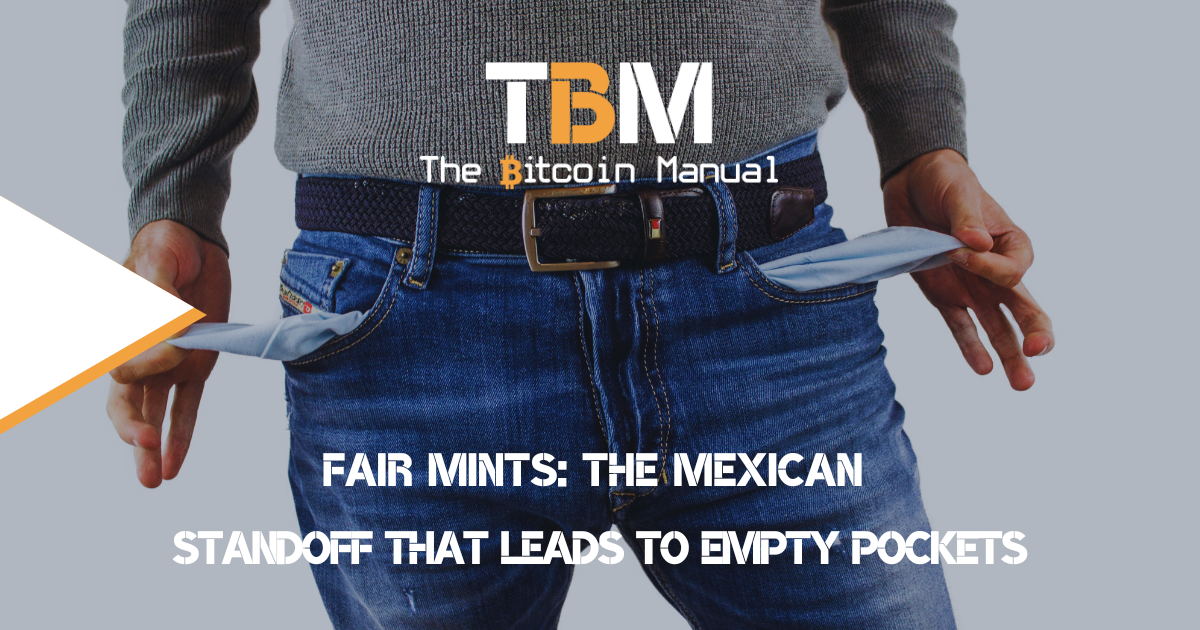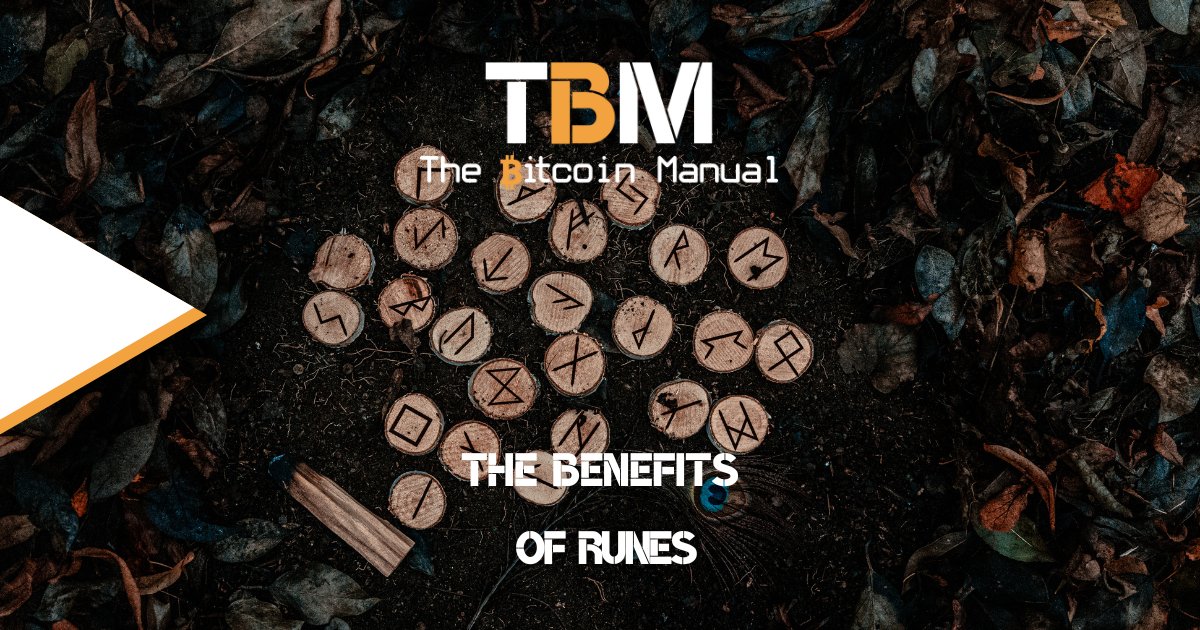The bitcoin blockchain is the foundation for its decentralised and immutable nature, which allows anyone to participate in validating the rules and transaction history of the network. The blockchain or time chain is a distributed, public ledger that contains the history of every bitcoin transaction since the genesis block.
The blockchain can be inspected to trace the path of bitcoin UTXOs ownership and transactions from one bitcoin wallet to another. The blockchain contains a complete record of every bitcoin transaction ever made, and holding all that data and adding to it each day means the chain continues to grow in size.
What is a blockchain?
Before we try to understand how bitcoin and its blockchain operate, we first need to look at the role a blockchain plays in the bitcoin ecosystem. Bitcoin is a digital store of value, but it only exists digitally and for it to exist, there needs to be a record of ownership that no one can tamper with but anyone can modify.
To achieve this form of digital ownership, claims and transfers, all the information about bitcoin is maintained as balances on a public ledger distributed on several full nodes, which are verified by the source code.
How does the bitcoin blockchain work?
The bitcoin blockchain is a ledger that is comprised of bitcoin transaction records. This ledger is distributed across a peer-to-peer network of nodes and is without a central authority. Therefore, network participants must agree on the validity of transactions before they can be recorded.
When transactions are broadcast to the network, it is done via a node pushing the transaction to all other nodes. If nodes agree that this transaction meets the rules, it can be added to the next block along with other compatible transactions, which is achieved through a process called mining.
After an individual transfers bitcoin on-chain, bitcoin miners engage in sophisticated and resource-intensive computational equations to verify the legitimacy and authenticity of those transactions. This new piece of data is then added to the blockchain, and all nodes update their copy of the database, expanding the size and memory in the physical hard drive space required to keep these records.
How does the bitcoin blockchain help me?
When you use the bitcoin network, you are one peer connecting to it to transfer value. There is no individual or bank maintaining our transaction ledger. The ledger is available to everyone, and transactions are linked to your bitcoin public and private key pair.
The ability to verify the network and transactions by yourself ensures that your money is secure, as there is no centralised control or middleman telling you what your balance is or if you can move funds.
Additionally, unlike normal transactions where there is a need for us to punch in our personal details and credentials, the only thing we need to mention while transacting bitcoins is our Bitcoin wallet address. This ensures anonymity and safe online transactions.
Since a copy of the bitcoin blockchain is kept on all nodes involved, you have the confidence that every user is backing up your transactions and balances and enforcing the ownership rights that your keys have to a select set of funds.
Bitcoin and the size of its blockchain
The bitcoin blockchain size is continuously increasing, with every block added roughly every 10 minutes. The bitcoin blockchain size will be around 445.49 GB at the end of 2022, with the blockchain size increasing at the speed of around 1 MB per hour.
While this amount of data might seem significant, a terabyte hard drive would easily cover the current growth of the chain for many years to come before nodes need to upgrade their storage. The last 445 GB of data was created over a 13-year period, but the chain grows larger as more people come on board.
The blockchain has been growing faster over the last few years—as opposed to its early days. Despite the growth, the chain isn’t as large as it otherwise would have been, thanks to the scaling solution SegWit, which effectively increased the number of transactions that can fit into a block and reduced the amount of data required to house a transaction.

Is there any blockchain size limit?
While there is no hard limit on the size of the bitcoin blockchain, the intent of the chain is to allow those wanting to run nodes to have the lowest barrier to entry. Using the current hardware available, accessing a 1TB hard drive is considerably affordable for most parts of the world and ensuring that the chain remains below this size until hard drive space becomes cheaper could be considered a soft cap on the size.
At the current rates, some estimates say that we can see the blockchain reach the size of 1 TB by 2030. According to Moore’s law, hard disk storage prices will decrease with time, and node operators should be able to buy cheaper storage.
Additionally, using certain scaling methods, bitcoin can extend the time frame in reaching that 1TB size buying some time for hard drive size improvements to catch up.
Does blockchain size matter?
Yes, blockchain ledger size matters. Blockchain is a relatively new technology, and it will only grow in the upcoming years. Bitcoin being a first-generation blockchain, means it has a longer track record and data set to hold.
With the ever-increasing size of the blockchain, scalability also becomes a problem. If the size of the chain continues to grow and outpace the ability to secure cheap storage space, it will make it hard for the enthusiast to bring in their skills or contributions to the network, threatening the decentralisation of node operators.
Contributors would need to spend $ 1000’s dollars to get their nodes running, which may not be worth it, and they could be priced out of running a node.
How to reduce the growth of the blockchain
Bitcoin block space is a scarce resource that needs to be used wisely and is ideal for final settlement meaning smaller transactions don’t make sense from a resource and fee optimisation standpoint. To ensure that the chain only grows with the need for final settlement in mind, several scaling solutions are in the works to help take transactions off chain. Layer two solutions like the Liquid Network and Lightning Network are operational as we speak.
While Statechains and Drivechains offer possible off-chain options for users to conduct transactions without the need for every transaction to hit the base chain.
In addition, not every node needs to download the whole blockchain to become functional. Some participants can choose to take part in the blockchain network to make transactions and not to validate one using pruned nodes.
While other nodes, called full nodes will choose to keep the full archive of bitcoin transactions. The full nodes are required for those who are willing to participate in the validation of the ongoing transaction.
Finally, solutions like UTreeXo’s are also being proposed as a way for the bitcoin basechain to consolidate transaction validation and storage in a smaller on-chain footprint.
Do you believe in self-custody?
Do you have self-custody of your bitcoin? Which method of self-custody are you using? Do you have a hot wallet, cold storage, or run your own node? Have you helped others with their self-custody or acted as a custodian for your family and friends? What do you think of running a node?
Let us know in the comments below.




